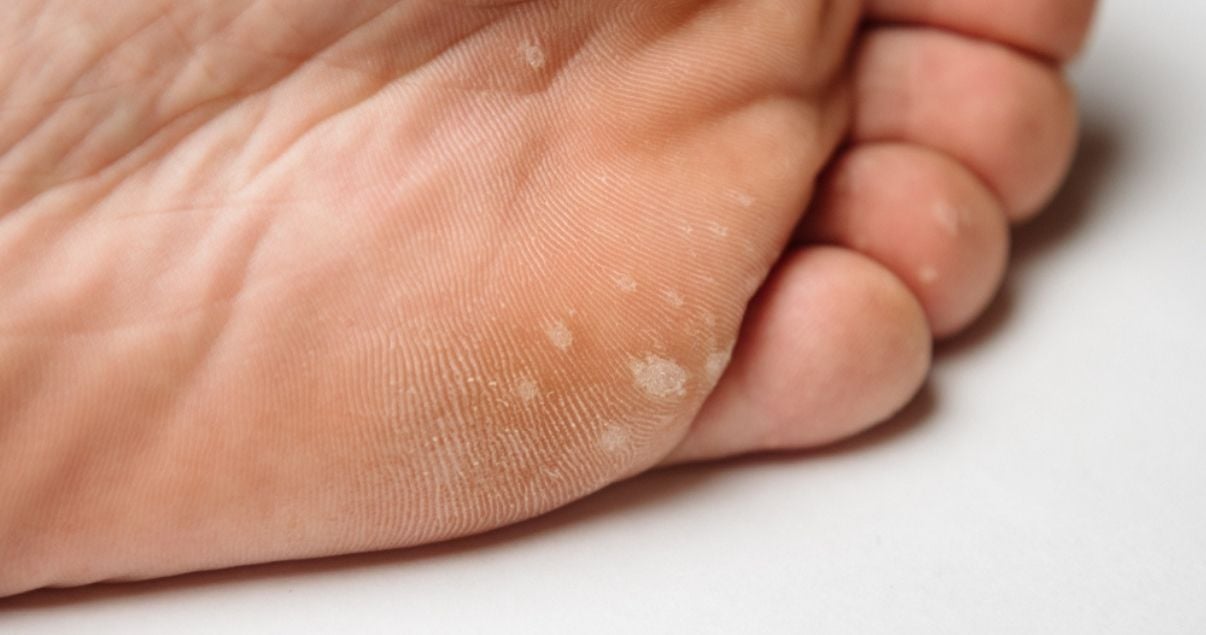If you have a case of very mild athlete's foot, you may wonder if it's even worth treating. In mild cases of the foot fungus, you may just notice a slight itch and peeling skin - which might make you think that urgent treatment isn’t required. Though it may not seem like much now, it is best to start treating your athlete's foot infection now — read on to find out why…
Athlete’s Foot Symptoms
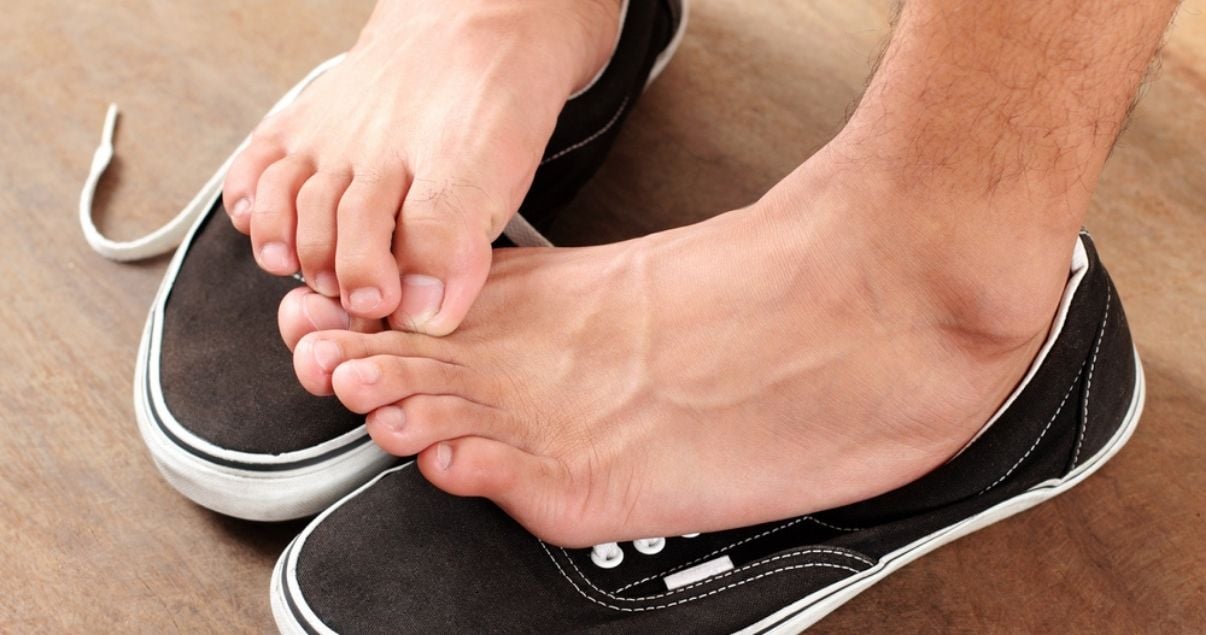
Though athlete’s foot or tinea pedis as it’s known may not look like much at first, the foot fungus symptoms can quickly start to become very irritating.
If you suspect you may have an athlete’s foot infection you should look out for the following symptoms:
• Itching, burning and smelly skin. Depending on the severity of the fungal infection, you may notice these symptoms in small areas on your foot, or they may cover larger parts of your skin. This sensation is very irritating, which is why it's good to get rid of the foot infection as soon as possible.
• Redness and peeling skin between your toes. Athlete’s foot fungal infections tend to begin in between your toes before spreading to other areas like the soles and heels of your feet. The feeling is uncomfortable and will make even putting on socks and shoes unpleasant.
Why Should I Treat Athlete’s Foot?
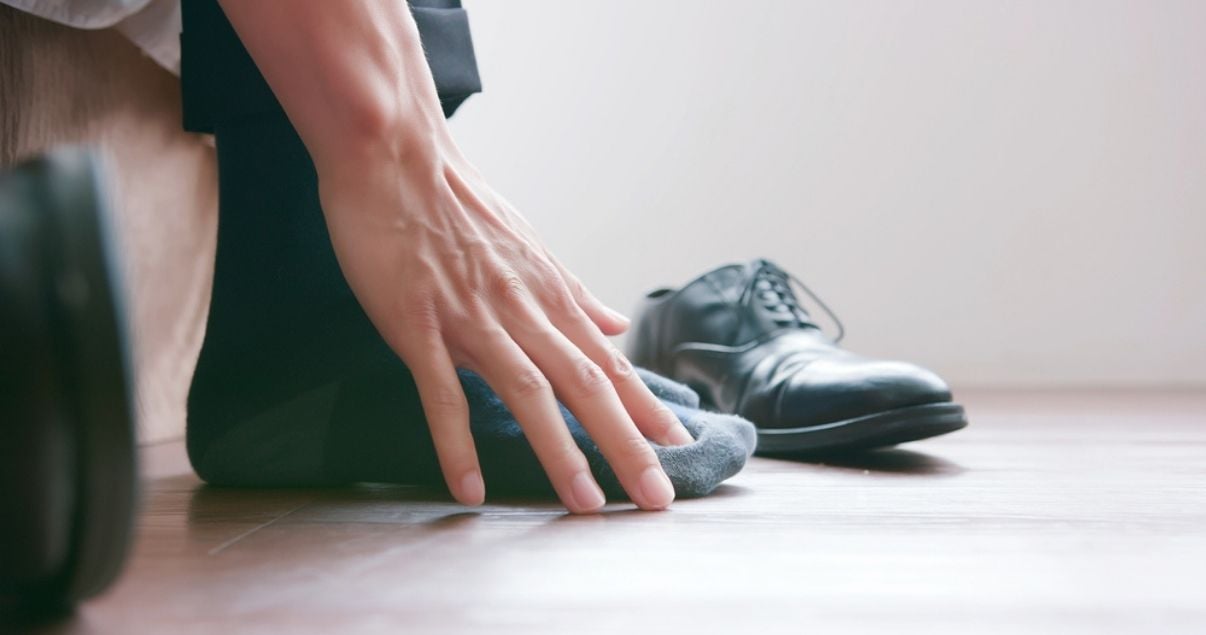
As we’ve mentioned, an athlete’s foot fungal infection is generally uncomfortable and can leave you feeling embarrassed about the condition. Given its appearance and itchiness, the foot infection may make you want to avoid wearing open-toe shoes or showing your feet to others.
Even if the foot infection seems to be small and doesn’t bother you too much, it can quickly spread to the soles of your feet and your toenails, becoming increasingly difficult to treat.
Athlete's foot is also highly contagious, so if you wait to treat it, you could also spread it to your friends and family. If you have an athlete’s foot infection, it can be spread easily by sharing personal items like towels, shoes, socks, and other sports equipment.
If you frequently play sports or go to the gym with an athlete’s foot infection you may end up making contact with public surfaces at the gym, increasing the chances that you will spread the infection to someone else.

Jock Itch and Ringworm from Athlete's Foot
If an athlete's foot is left untreated, the fungus can spread to other parts of the body by way of direct contact or contact with contaminated items (such as clothing, towels, and bedding).
Caused by the same fungus as athlete’s foot, both jock itch and ringworm infections are uncomfortable skin infections that are characterized by burning, itching and redness. It’s common to find these skin infections in warm moist areas of the body like the groin, inner thigh and even the scalp.
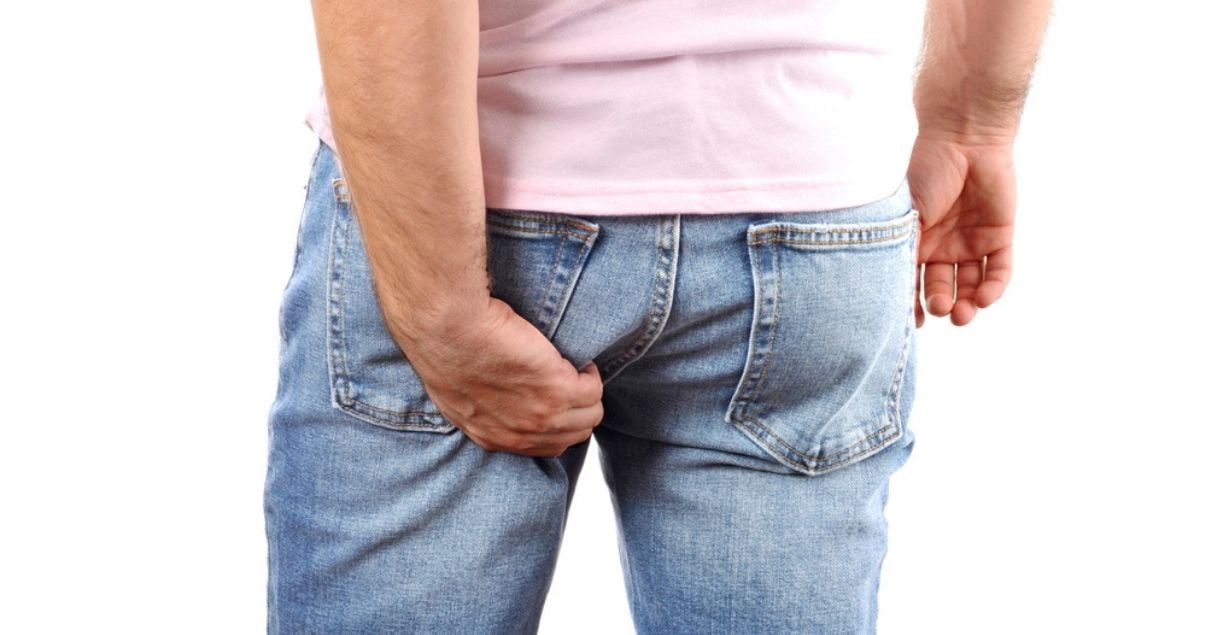 When these skin infections are left untreated they can keep coming back and develop into a chronic skin condition. This is another reason for quickly and effectively treating even a mild athlete's foot infection, to prevent other skin infections from developing.
When these skin infections are left untreated they can keep coming back and develop into a chronic skin condition. This is another reason for quickly and effectively treating even a mild athlete's foot infection, to prevent other skin infections from developing.
If you suspect that you may have jock itch or ringworm, check out our blog post, Why Do I Keep Getting Ringworm? and How to Treat Jock Itch.
The best way to prevent jock itch and ringworm infections is to treat athlete's foot when it is still a mild infection to prevent it from spreading to other areas of the body.
Treat Athlete's Foot
If you have athlete’s foot, even if it’s a mild case of the fungal infection, it’s best to start an effective treatment right away. We recommend using Silka Ⓡ Antifungal Cream. Applying this cream correctly and consistently, the athlete’s foot infection symptoms should disappear within 7 days.
Remember that if you have any preexisting conditions or have had an athlete’s foot infection for more than 2 weeks, it’s best to see your doctor so they can give you a personalized treatment plan.
Once you’ve treated your athlete’s foot infection, it’s important to follow a good foot care routine to prevent reinfection. Washing your feet several times a day by using warm water and mild soap will help prevent reinfection of the foot fungus. Find out more about preventing athlete’s foot from coming back.
Once you infection is cleared we recommend applying Silka Ⓡ foot powder before putting on clean socks and shoes. The powder helps absorb excess moisture and keeps your feet feeling fresh and cool.
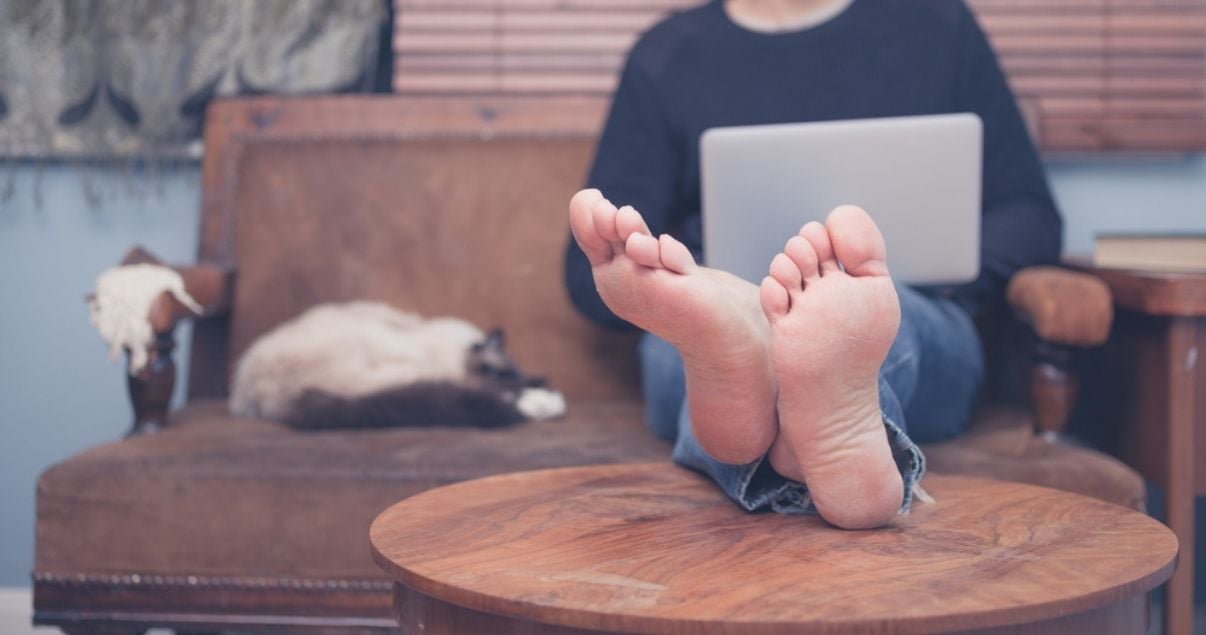
Take Care!

